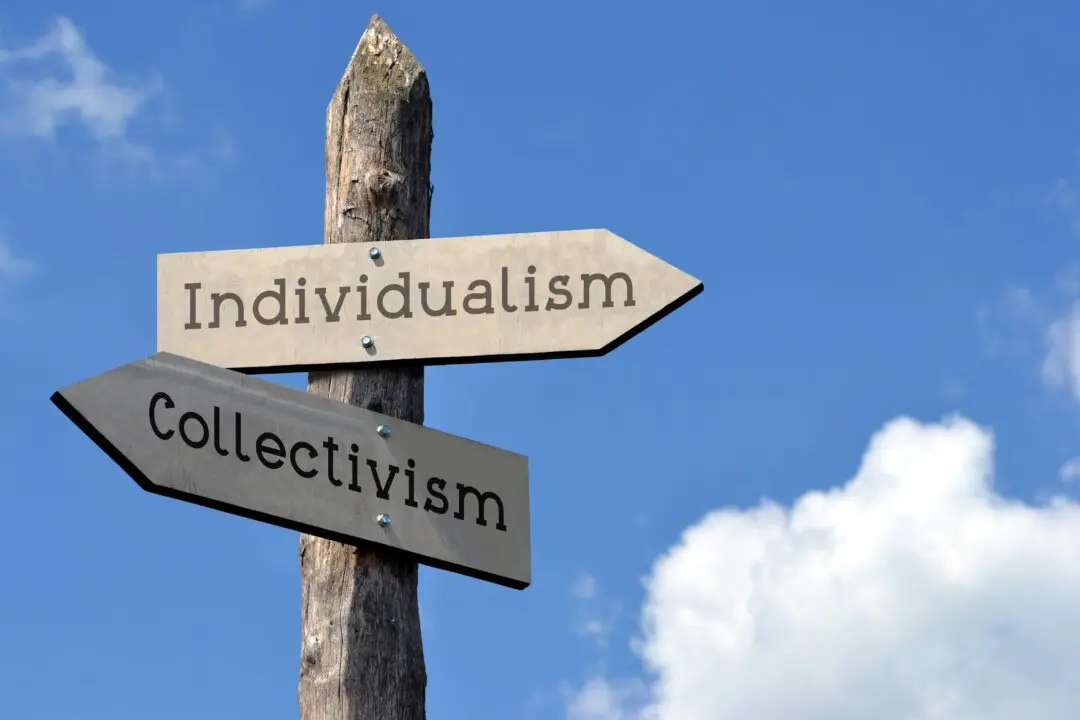Commentary
This weekend, a good man who owns a landscaping business came up to the microphone during a question-and-answer period following my speech at an event. He posed a simple but sincere question. He has endless demand for his services. He has all the capital he needs. He has a thriving business with a bright future. How come he can’t get workers to actually do the work? Why is this happening?





